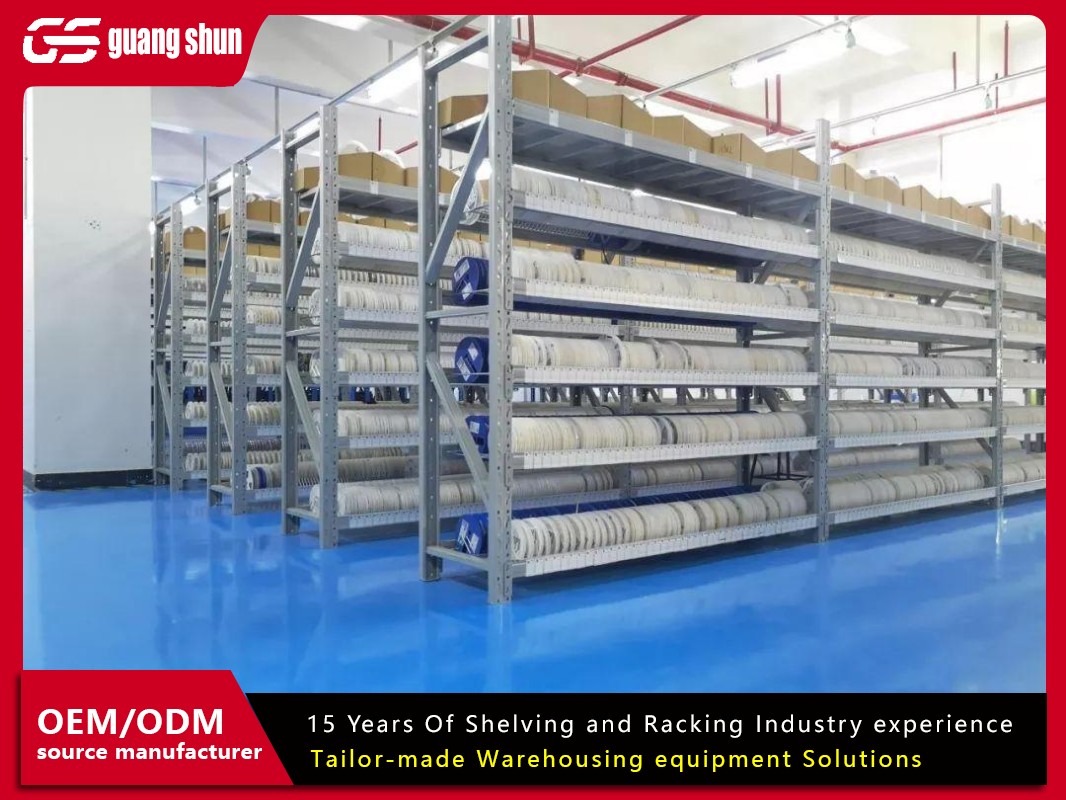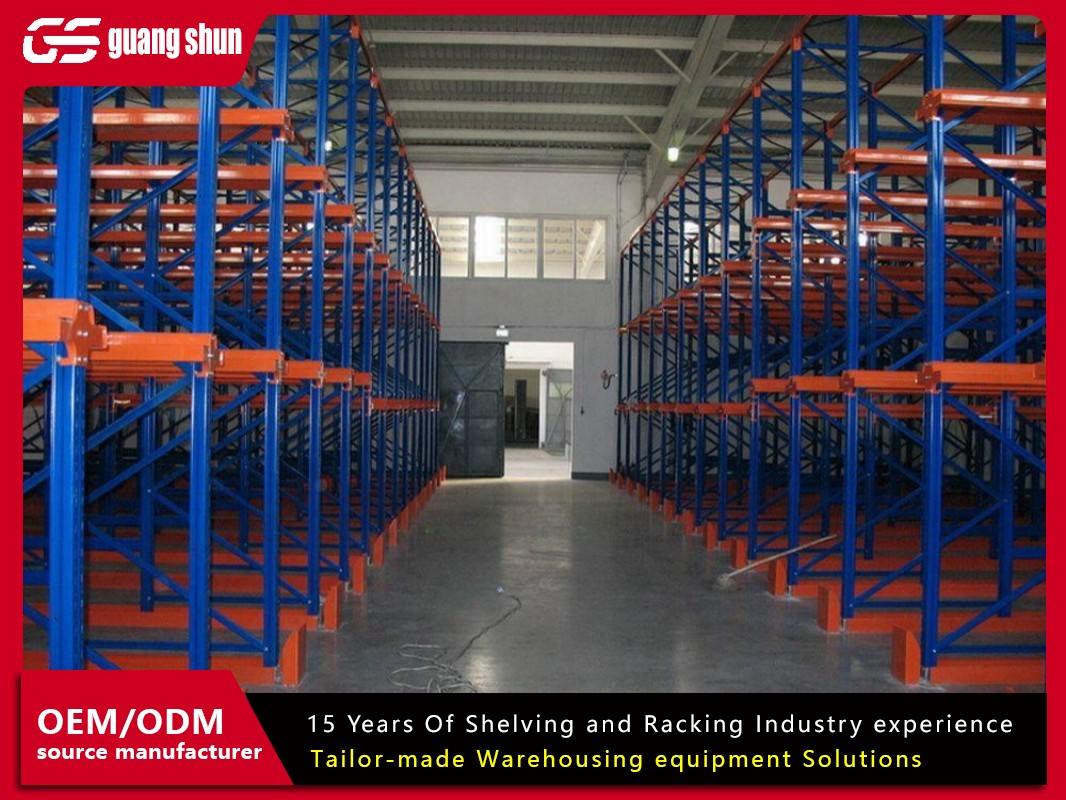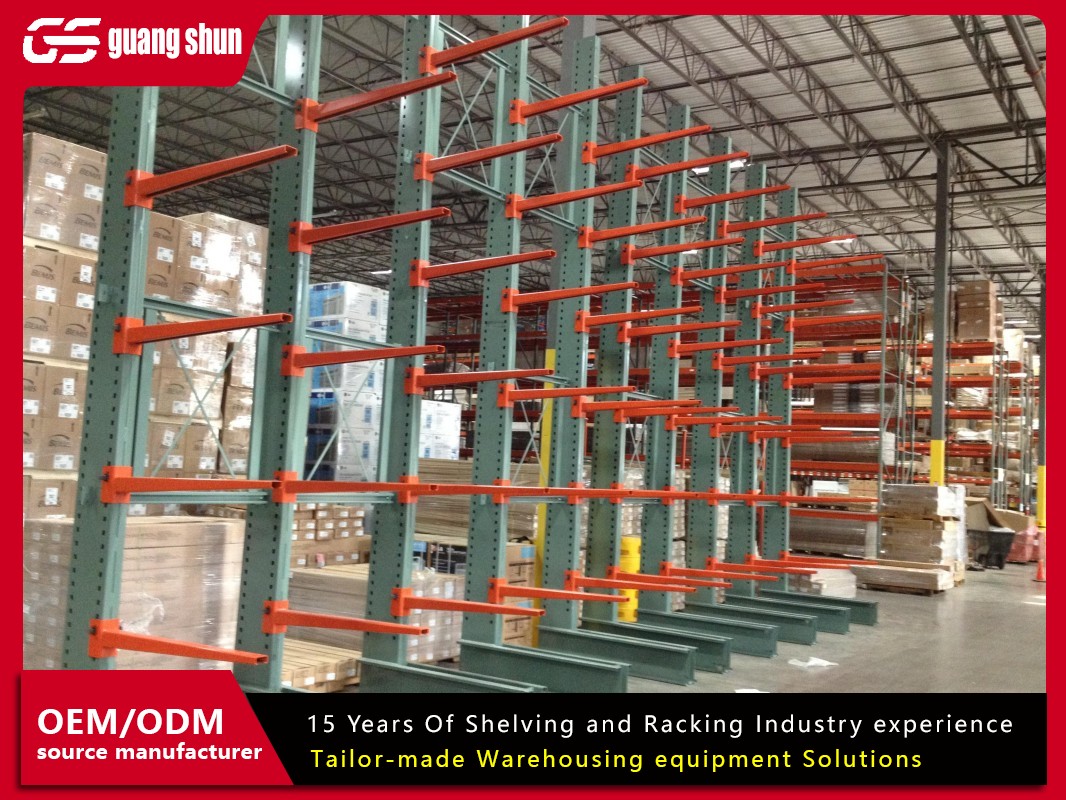If you've ever stepped into a warehouse, distribution center, or even a large retail store, you've undoubtedly seen them: towering metal structures that hold countless pallets and products. But have you ever stopped to ask, "What's racking?" This seemingly simple question opens the door to a critical world behind the global supply chain. In essence, racking is the backbone of modern industrial storage, a engineered system designed to store materials efficiently, maximize space, and streamline operations.
Understanding what racking is, the different types available, and the potential problems that can arise is crucial for anyone involved in logistics, warehouse management, or manufacturing. This comprehensive guide will delve deep into the world of industrial storage systems. We will explore the fundamental principles of racking, its various forms, its immense importance, its applications across industries, and, crucially, the common issues and safety concerns that users must address.
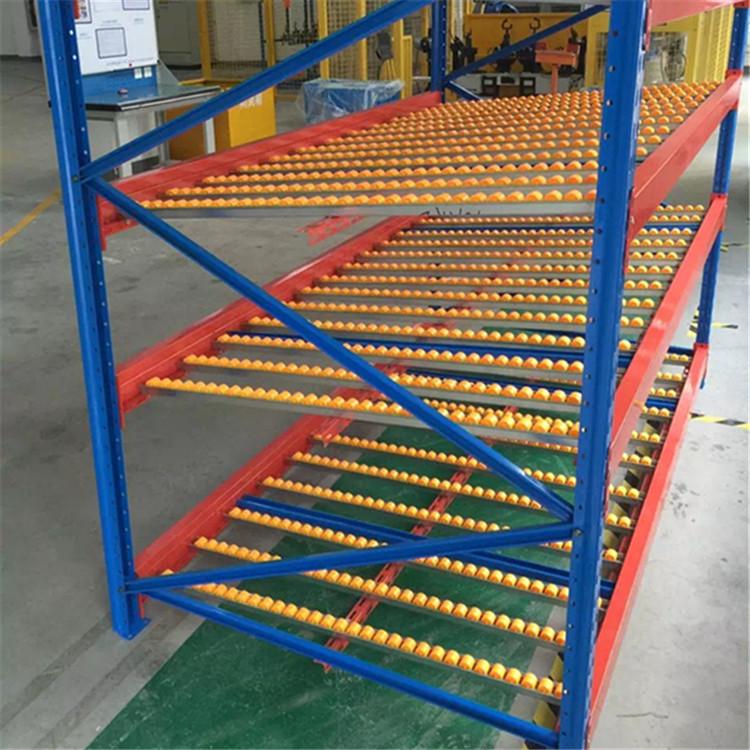
What's Racking? Defining the Backbone of Storage
At its most basic, racking refers to a material handling storage system comprised of steel frames, beams, and accessories that provide structured support for storing goods, typically on pallets. It is a systematic approach to organizing inventory vertically and horizontally, transforming empty cubic space into usable storage capacity.
When people ask "What's racking?", they often think of simple shelves. However, industrial racking is far more complex and robust. It is designed to handle immense weights, often thousands of kilograms per pallet location, and is built to withstand the rigorous demands of forklift traffic and dynamic loading. The primary purpose of a racking system is to:
Maximize Storage Density: Utilize the full vertical height of a facility.
Improve Accessibility: Provide direct access to specific SKUs (Stock Keeping Units), facilitating First-In, First-Out (FIFO) or Last-In, First-Out (LIFO) inventory management.
Enhance Organization: Create a logical and efficient layout for inventory, reducing search and travel time.
Increase Safety: Provide a secure and stable method for storing heavy materials, reducing the risk of product damage and worker injury.
A standard pallet racking system consists of upright frames (the vertical components) and horizontal beams that connect these frames, creating bays and levels for pallet storage.
The Different Types of Racking Systems
Once you understand the basic answer to "what's racking," you'll discover it's not a one-size-fits-all solution. Numerous types of racking systems have been developed to meet specific storage needs, inventory profiles, and budgetary constraints.
1. Selective Pallet Racking:
This is the most common and recognizable type of system. It allows direct, selective access to every single pallet stored. This makes it ideal for warehouses with a high variety of SKUs where every pallet must be accessible at any time. It can be configured for either standard forklift operation or for use with narrow-aisle (NA) or very-narrow-aisle (VNA) forklifts to increase storage density.
2. Drive-In/Drive-Through Racking:
This system is a high-density storage solution where forklifts drive directly into the rack structure to place and retrieve pallets. It consists of continuous pallet rails with upright frames only at the front and rear. Drive-in racking (LIFO - Last-In, First-Out) has an entrance on one side, while drive-through racking (FIFO - First-In, First-Out) has entrances on both ends. It's best for storing large quantities of the same product.
3. Push-Back Racking:
Another high-density system, push-back racking, operates on a LIFO principle. Pallets are stored on wheeled carts nested on inclined rails. When a new pallet is loaded, it pushes the existing pallets back. When a pallet is removed, the next one automatically moves forward to the pick face. It typically offers 2-5 pallets deep storage per lane.
4. Pallet Flow Racking (Dynamic Flow):
This system uses gravity to move pallets. The structure features a slight decline, and pallets are loaded at the higher end and flow on rollers or wheels to the lower end for picking. It is a high-density, high-throughput system that enforces strict FIFO inventory control, making it perfect for perishable goods or products with expiration dates.
5. Cantilever Racking:
Designed for long, bulky, or irregularly shaped items like timber, pipes, or furniture, cantilever racking features arms that extend from a central column. This design provides unobstructed access to stored items without the vertical obstructions found in standard pallet racking.
6. Mobile Racking:
This system maximizes storage in a minimal footprint. Entire sections of racking are mounted on mobile bases that move on tracks embedded in the floor. Aisles are created only where needed, dramatically increasing storage density compared to static systems.
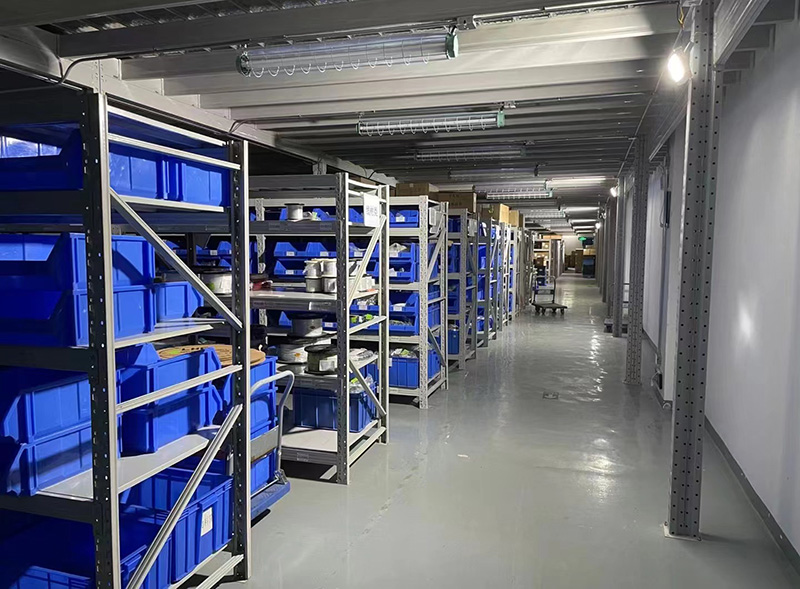
The Critical Importance of Proper Racking
Understanding what's racking involves appreciating its strategic importance in business operations. It is far more than just metal shelving; it is a fundamental component of operational efficiency and cost management.
Space Utilization: In commercial and industrial real estate, space is a premium cost. Racking systems allow businesses to make the most of their cubic space, reducing the need for a larger, more expensive facility. Effective use of vertical space can double or even triple storage capacity.
Inventory Management Efficiency: A well-designed racking system, integrated with a Warehouse Management System (WMS), allows for precise inventory tracking. Workers can locate and retrieve items quickly, drastically reducing order picking times and improving overall productivity.
Safety and Risk Mitigation: A properly installed and maintained racking system protects both the workforce and the inventory. It minimizes the risk of collapsing loads and product damage. Compliance with safety standards also reduces the risk of costly regulatory fines and liability issues.
Scalability and Flexibility: Modern racking systems are modular and can be reconfigured, expanded, or relocated as business needs, inventory levels, and product mixes change. This adaptability provides a long-term storage solution that can grow with the company.
Common Applications of Racking Systems
The question "What's racking?" can be answered by looking at its ubiquitous presence across numerous sectors. Any industry that requires the storage of goods in bulk will utilize some form of racking.
E-commerce Fulfillment Centers: These facilities rely heavily on selective pallet racking for bulk storage and smaller shelving units for picking, requiring fast and accurate access to a vast number of different products.
Cold Storage Facilities: Specialized racking that can withstand low temperatures and high humidity is used to store frozen and refrigerated goods. Push-back and pallet flow are popular for their density and FIFO/LIFO capabilities.
Manufacturing Plants: Plants use racking for raw material storage, work-in-progress (WIP), and holding finished goods before shipment. Cantilever racks are common for storing raw materials like steel or plastic.
Retail Distribution Centers: These DCs store massive quantities of products that are then broken down and shipped to individual stores. Drive-in and push-back racking are often used for storing full pallets of promotional items or high-volume goods.
Automotive and Aerospace: These industries use heavy-duty racking and cantilever systems to store large, heavy, and expensive components safely and organized.
Common Racking Problems and Safety Concerns
Now that we've explored what's racking, it's vital to address the potential problems. Even the best systems can fail if not properly used and maintained. Awareness of these common issues is the first step toward prevention.
1. Overloading:
This is one of the most frequent and dangerous mistakes. Every racking system and each component within it has a specified load capacity. Exceeding these ratings, whether per beam level or per entire bay, can lead to catastrophic structural failure, collapse, and serious injury.
2. Impact Damage from Equipment:
Forklifts are the primary tools for interacting with racking, but they are also its greatest threat. Collisions with upright frames can compromise their structural integrity. Even a seemingly small dent in a critical location can significantly reduce the load-bearing capacity of the entire frame. Regular forklift operator training is essential.
3. Improper Loading or Unloading:
Pallets must be in good condition and correctly sized for the rack beams. An overloaded or damaged pallet can fail, dropping its load. Pallets must also be centered on the beams; uneven loading creates torsional stress on the beams and uprights.
4. Lack of or Damaged Safety Components:
Safety features like pallet supports, column guards, upright protectors, and beam safety locks are not optional. They are critical for preventing pallets from being dislodged and for protecting uprights from impacts. If these components are missing, damaged, or improperly installed, the system is at greater risk.
5. Poor Design or Installation:
Answering "what's racking" correctly involves recognizing it as an engineered system. It must be designed by qualified professionals to account for the specific weights, dimensions, and seismic factors of the location. Improper installation, such as not tightening bolts to the correct torque or not ensuring the system is level and plumb, can create critical weaknesses.
6. Inadequate Maintenance and Inspection:
Racking systems require regular, documented inspections by a competent person (e.g., a trained manager) and periodic professional inspections by a racking engineer. Failing to have a formal inspection program means problems like damage, corrosion, or loosened components will go unnoticed until it's too late.
So, what's racking? It is a sophisticated, essential, and dynamic storage solution that powers global commerce. From the simple selective rack to the high-density dynamic systems, understanding the different types and their applications is key to optimizing warehouse operations. However, this knowledge must be coupled with a relentless focus on safety. Recognizing common problems like overloading, impact damage, and poor maintenance is not optional—it is a fundamental responsibility. By treating racking as the critical asset it is, businesses can ensure not only greater efficiency and profitability but also a safer working environment for everyone.



